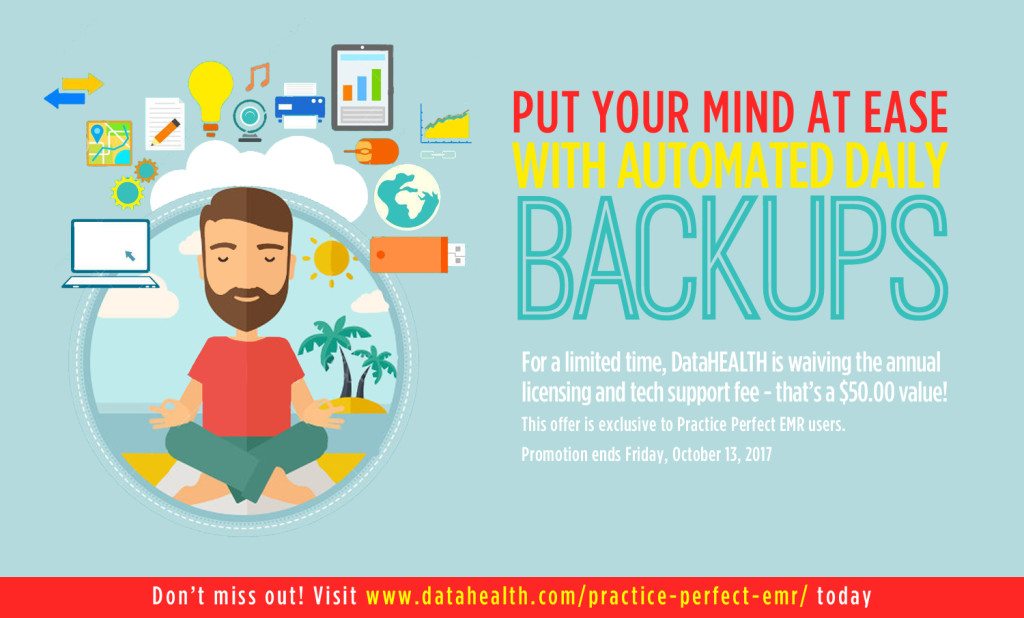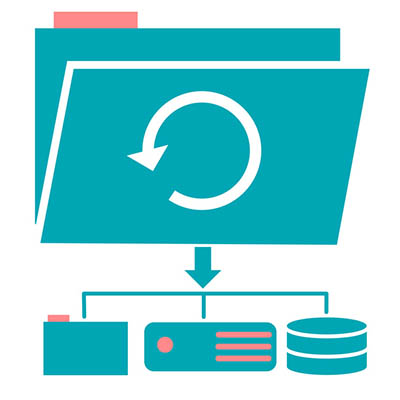

Data backup best practices archive#
Data Archiving and Data Lifecycle ManagementĪ data archive and a data lifecycle management perform different functions.ĭata lifecycle management processes manage the entire lifecycle of data, from the time a piece of data is created and until it is deleted. Data archives often retain infrequently accessed data, which is not critical for recovery or needed for ongoing business continuity. Backups of data contain critical information needed for quick recovery during data loss or other disasters.Ī data archive contains data kept for the purpose of retaining the information for the long term. While data archives and data backups are used as secondary storage repositories, the two do not provide the same value.Ī data backup is a copy of data created for the purpose of protecting and recovering data. You should not, for example, use a data archive instead of a backup solution. However, a data archive is not ideal for all use cases. The main advantages of data archiving is the ability to significantly reduce storage costs. To learn more, read our detailed guides to: Data compliance -a data archiving solution automatically prepares responses to requests, including compliance audits, business queries, and litigation.This process ensures you can easily perform searches and gain insights. Data visibility -a data archiving solution analyzes, classifies and indexes data before storing it on your servers.Data management -a data archiving solution can help you locate redundant data and remove it, or remove aging files from your files servers.Data discovery -a data archiving solution can help admins and end-users to easily find files, including spreadsheets, documents, and presentations.Here are key functions of a data archiving solution:

A data archiving implementation typically involves supporting tooling and automation, which help drive efficiency into the process. Synchronize Data Archival and Data Lifecycle ManagementĪ data archiving plan is an important part of your data lifecycle management policy, providing you with a way to retain information while staying within a reasonable storage budget.Identify and Sort Data Before Archiving.5 Data Archiving Best Practices: Creating a Strong Data Archiving Strategy.Data Archiving and Data Lifecycle Management.However, the minimum requirements are indexing and searching capabilities, which ensure files remain easily accessible. There are many types of archival architecture and features, each meeting different needs. The goal is to reduce costs on warm storage while retaining old data needed for future reference or analysis, and information needed for regulatory compliance.Ī data archive is often built using cold storage tiers, which can hold large amounts of data at a low cost. It is an important part of a data management strategy. Data archiving is the practice of shifting infrequently accessed data to low-cost storage repositories.


 0 kommentar(er)
0 kommentar(er)
